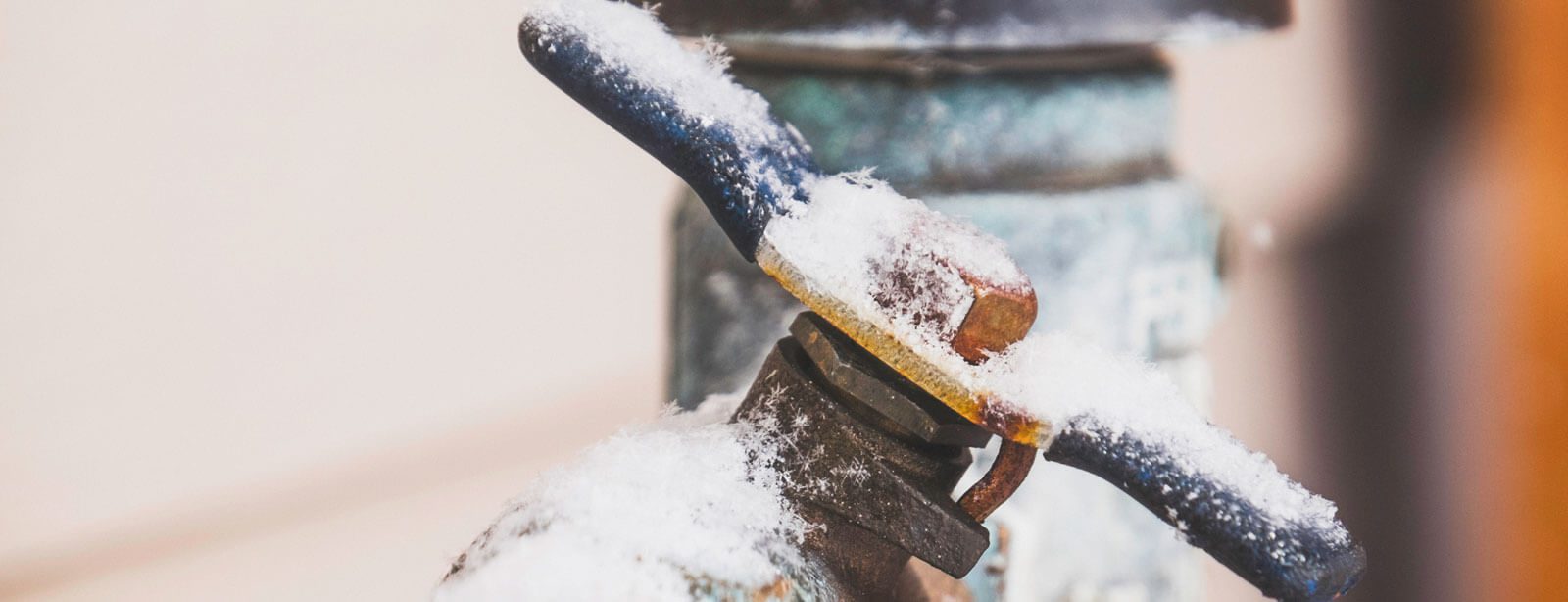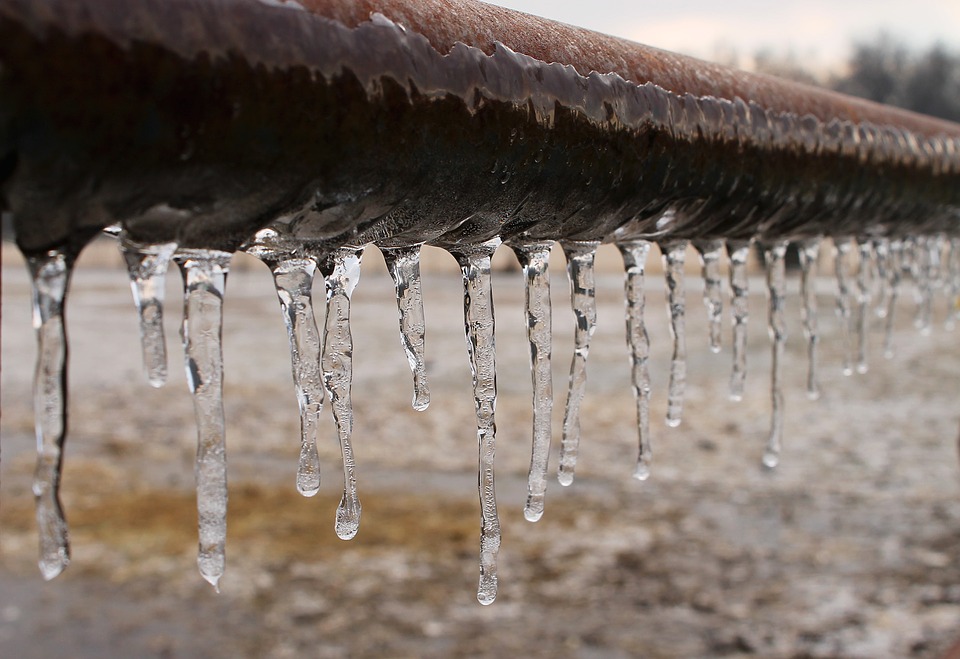The content following next pertaining to Prevent Frozen Pipes is truly interesting. Read on and draw your own personal conclusions.

Cold weather can wreak havoc on your pipes, specifically by freezing pipelines. Right here's exactly how to stop it from occurring and what to do if it does.
Intro
As temperatures decrease, the risk of frozen pipelines increases, possibly causing costly repairs and water damages. Comprehending exactly how to prevent icy pipelines is important for house owners in chilly climates.
Understanding Icy Pipes
What creates pipes to freeze?
Pipes ice up when exposed to temperature levels below 32 ° F (0 ° C) for extended periods. As water inside the pipes freezes, it expands, putting pressure on the pipe wall surfaces and potentially creating them to rupture.
Threats and damages
Icy pipes can result in supply of water disturbances, residential property damages, and expensive repair work. Burst pipelines can flooding homes and create extensive structural damage.
Indications of Frozen Water Lines
Recognizing icy pipelines early can stop them from breaking.
Exactly how to determine icy pipes
Try to find reduced water circulation from faucets, unusual smells or sounds from pipelines, and visible frost on revealed pipes.
Prevention Tips
Shielding susceptible pipelines
Cover pipelines in insulation sleeves or utilize warm tape to shield them from freezing temperature levels. Focus on pipes in unheated or outside areas of the home.
Heating methods
Keep interior spaces properly heated up, particularly areas with plumbing. Open up closet doors to permit cozy air to flow around pipelines under sinks.
Safeguarding Outdoor Pipes
Yard pipes and outside faucets
Separate and drain pipes garden hoses prior to wintertime. Set up frost-proof spigots or cover exterior taps with insulated caps.
What to Do If Your Pipelines Freeze
Immediate actions to take
If you think icy pipelines, keep taps available to relieve stress as the ice melts. Utilize a hairdryer or towels taken in hot water to thaw pipelines slowly.
Long-Term Solutions
Architectural changes
Think about rerouting pipelines away from exterior wall surfaces or unheated areas. Include additional insulation to attics, basements, and crawl spaces.
Upgrading insulation
Purchase top notch insulation for pipelines, attic rooms, and wall surfaces. Appropriate insulation assists keep regular temperatures and lowers the danger of frozen pipelines.
Verdict
Stopping frozen pipelines calls for proactive actions and fast reactions. By recognizing the reasons, signs, and preventive measures, house owners can shield their pipes throughout winter.
5 Ways to Prevent Frozen Pipes
Drain Outdoor Faucets and Disconnect Hoses
First, close the shut-off valve that controls the flow of water in the pipe to your outdoor faucet. Then, head outside to disconnect and drain your hose and open the outdoor faucet to allow the water to completely drain out of the line. Turn off the faucet when done. Finally, head back to the shut-off valve and drain the remaining water inside the pipe into a bucket or container. Additionally, if you have a home irrigation system, you should consider hiring an expert to clear the system of water each year.
Insulate Pipes
One of the best and most cost-effective methods for preventing frozen water pipes is to wrap your pipes with insulation. This is especially important for areas in your home that aren’t exposed to heat, such as an attic. We suggest using foam sleeves, which can typically be found at your local hardware store.
Keep Heat Running at 65
Your pipes are located inside your walls, and the temperature there is much colder than the rest of the house. To prevent your pipes from freezing, The Insurance Information Institute suggests that you keep your home heated to at least 65 degrees, even when traveling. You may want to invest in smart devices that can keep an eye on the temperature in your home while you’re away.
Leave Water Dripping
Moving water — even a small trickle — can prevent ice from forming inside your pipes. When freezing temps are imminent, start a drip of water from all faucets that serve exposed pipes. Leaving a few faucets running will also help relieve pressure inside the pipes and help prevent a rupture if the water inside freezes.
Open Cupboard Doors
Warm your kitchen and bathroom pipes by opening cupboards and vanities. You should also leave your interior doors ajar to help warm air circulate evenly throughout your home.

We were guided to that editorial about How to Prevent Your Pipes From Freezing from an associate on our other web page. Enjoyed our article? Please share it. Let another person check it out. I recognize the value of reading our article about How To Avoid Freezing Pipes.
Information Here